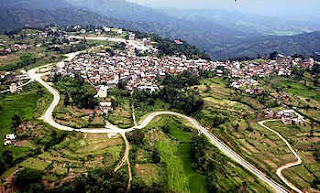The roof of the world: tourism in Nepal strikes a delicate balance
To reach the best place to see Mount Everest (known locally as Sagarmatha), from Nepal s capital city of Kathmandu you first take a half-hour flight on a small plane to Lukla, then walk 31 miles to the small city of Namche. The trekking is by foot, up 12,000 feet over an unpaved path that's inaccessible to motorized vehicles. Fifteen feet wide in some places, as narrow as five in others, the alternately rocky and smooth path ascends and descends, traversing narrow steel bridges over fast-flowing rivers, and a landscape of Himalayan peaks, pine forests and valleys. A vast number of faded but still lively Buddhist prayer flags hang from passing buildings.
Tourism is an important part of Nepal's economy and Sagarmatha National Park is a popular destination, with people drawn to the roof of the world. Each year, about 25,000 tourists visit. But tourism, and the people it brings with it, creates a "population effect" in the region. An average of four service people migrate in for every tourist. This has resulted in an influx of 125,000 new people whose needs put new stresses on the ecosystem, especially the forests. An expedition to Everest can include 30 climbers and an astonishing 100 porters.
A Delicate Balance
The permanent population is small about 3,000 people reside in the national park itself and 4,000 in the buffer zone, declared in 2002. The critical buffer allows wildlife to migrate in and out and provides a livelihood for local residents, thus increasing local support for the protected national park. Thirty to 50 percent of the revenue from the park is returned to buffer-zone residents by the government to support sustainable development activities.





Comments
Post a Comment